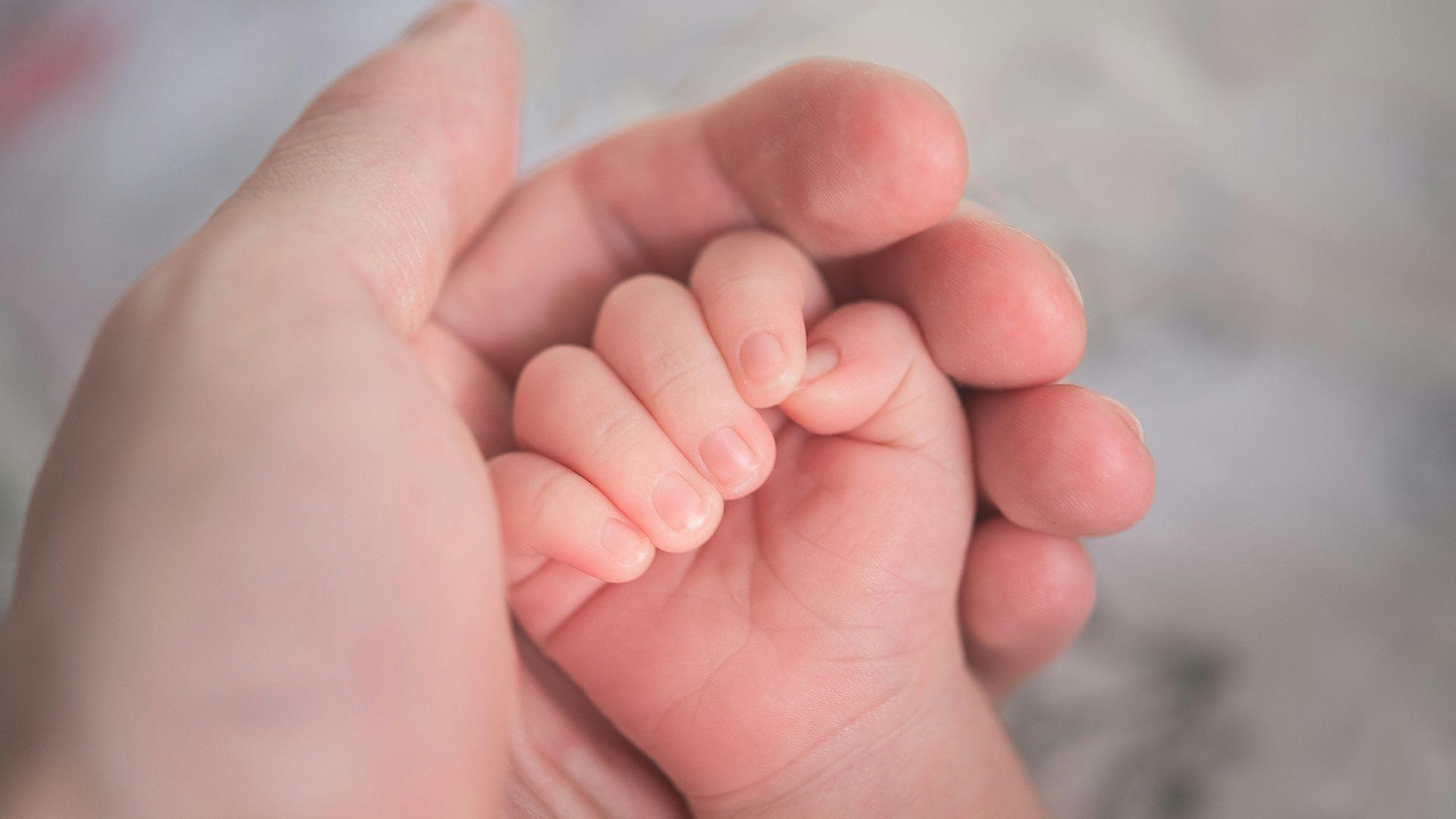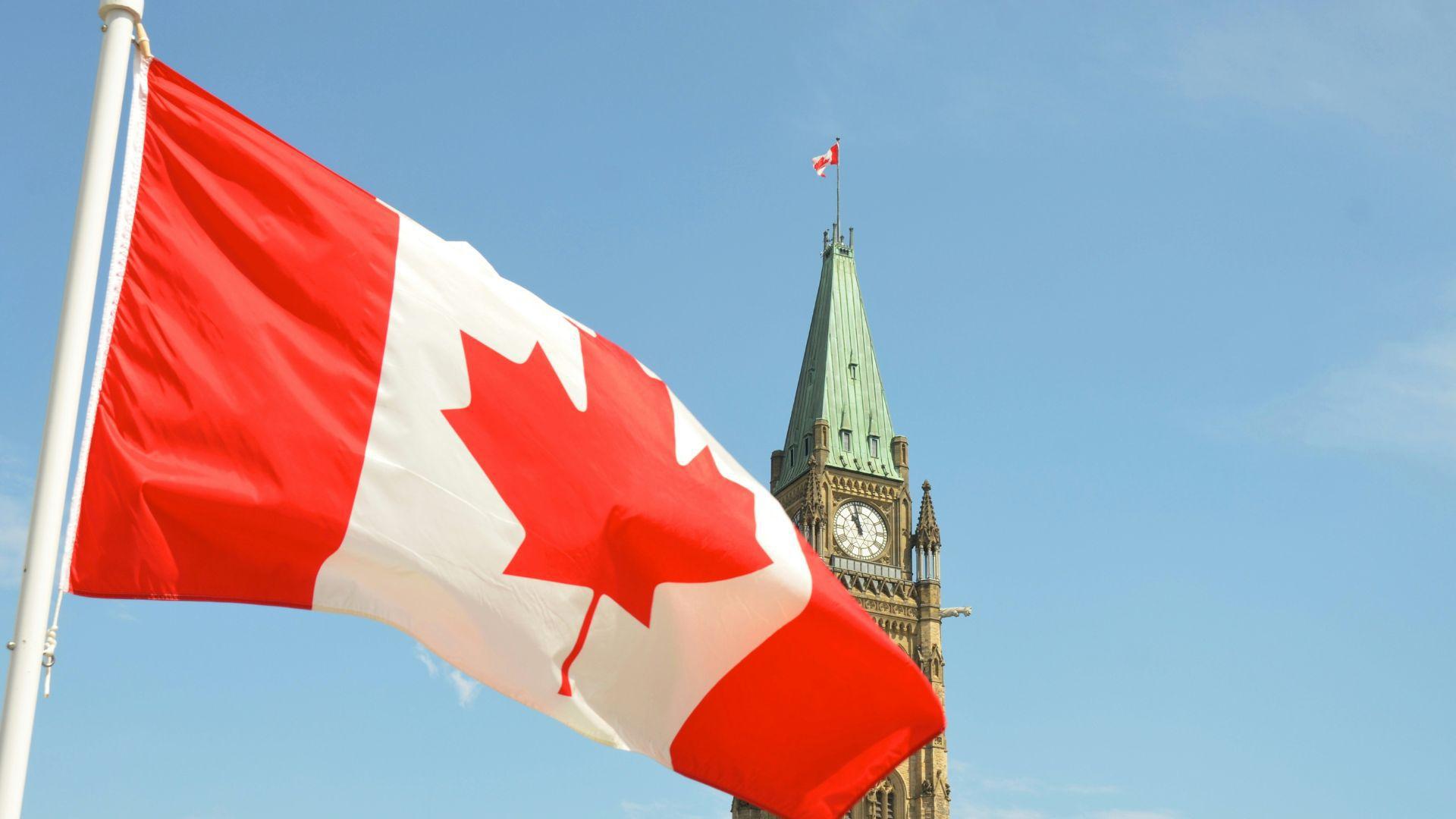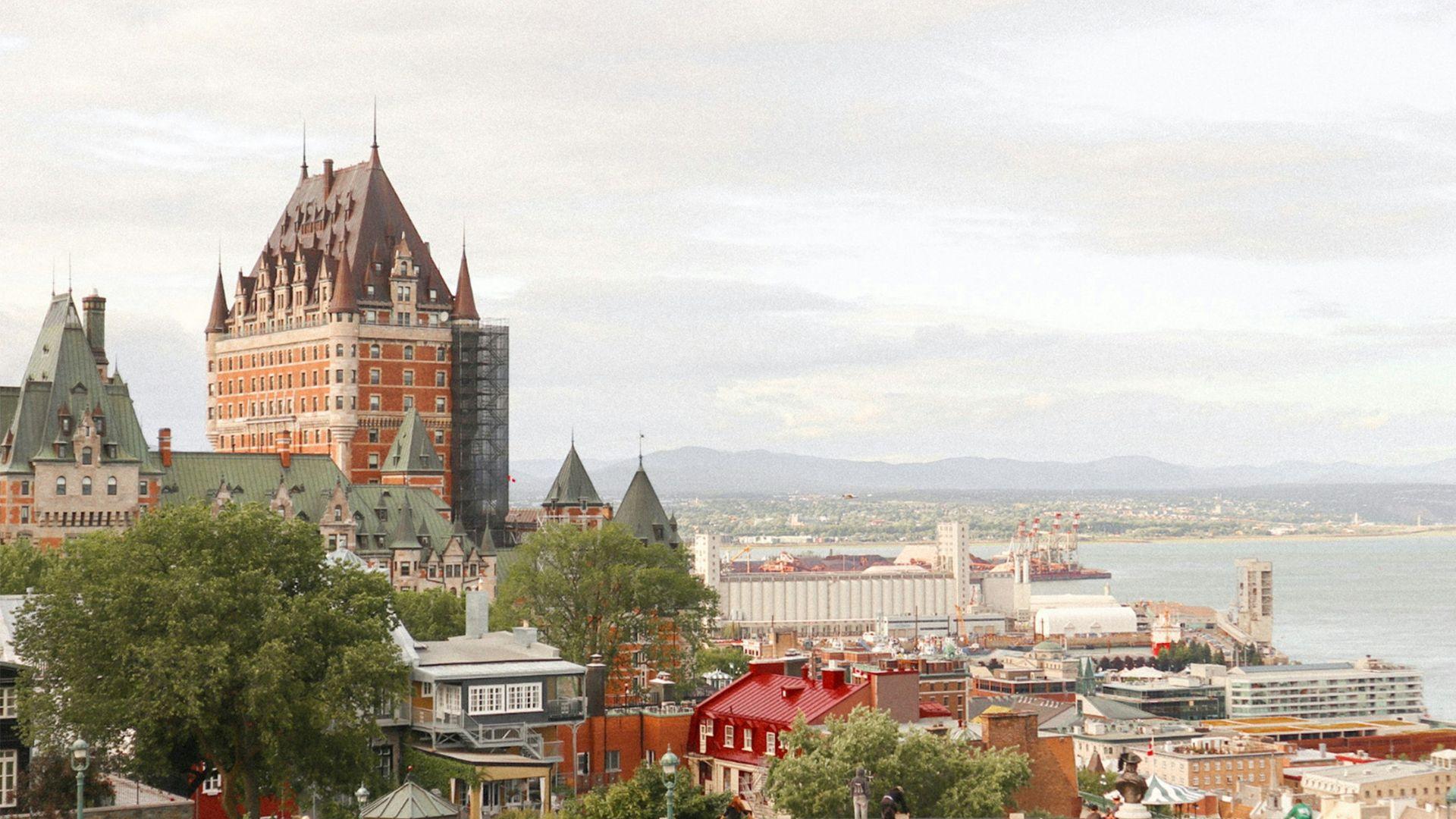New data has confirmed that Canada’s ongoing birth crisis has now hit a new low in the country’s history. For years now, Canada has seen a downward trend in the country’s birth rate as fewer women have children.
There are a variety of reasons why people are having less children. While Canada may have a new birth rate record thanks to this trend, they aren’t the only country that has seen major demographic changes in recent years.
A Fall in Birth Rate

According to Statistics Canada, the country’s fertility rate is now at its lowest level ever seen since the agency first started collecting data more than 100 years ago. This new data shows that the birth rate is now 1.33 children per woman in 2022.
This is a further drop from 2021’s recordings, which saw the birth rate at 1.43 children per woman. Currently, the country’s replacement level is about 2.1.
A Downward Trend Throughout Canada

This latest data also analyzes the birth rate throughout all parts of Canada. Most notably, all provinces and territories saw this downward trend in annual birth rates.
However, there were some exceptions. Both Nova Scotia and Quebec didn’t record any new fertility lows in their territories as other regions in Canada did.
An Ongoing Issue

Declining birth rates have long been an issue throughout Canada. For more than a decade now, data has shown that people throughout the country are either choosing not to have kids, or are choosing to not have as many children.
However, analysts believe this further decrease in fertility rates could be the result of various scenarios, such as societal changes and economic worries.
The COVID-19 Pandemic Is to Blame

While there are many different reasons why Canadians may be choosing to have fewer kids, some researchers are pointing to the COVID-19 pandemic to blame. Statistics Canada even states that the country is going through a “fertility ‘pandemic rollercoaster.’”
“Given the COVID-19 pandemic initiated a period of public health crisis, as well as economic and societal shocks, it is possible that a segment of the population responded to this period of widespread uncertainty via their childbearing choices,” the report says.
People Are Changing When They Have Kids

According to these researchers, Canadians are changing when they have kids thanks to the COVID-19 pandemic. The pandemic has changed things for them. Now, they’re putting off having children until they’re older.
By comparison, many older generations around today had children when they were much younger, such as when they were in their twenties. Present-day generations of childbearing age are instead choosing to have children when they’re older, when they’re in their 30s or even 40s.
Economic Worries Persist

Researchers also believe that ongoing economic worries could be hampering the birth rate throughout the country. Inflation has caused prices to soar across the board. This, in turn, may have caused many to rethink having a child when they’re already struggling with money.
The high price of housing could also be driving down fertility rates. For example, the fertility rate in Vancouver is 1.1 children per woman, possibly because of the high cost of housing.
Other Countries Also Face Birth Rate Problems

Canada isn’t alone in seeing lower fertility rates in their country. Every other G7 country has also seen this downward trend in the last few years — other than the United States, that is.
While Canada did see one of the largest drops, this trend does seem to be affecting many other Western nations. For example, France has also seen a drop in annual birth rates, which has prompted French President Emmanuel Macron to promise to increase parental leave.
European Worries

Similarly to Canada, many European countries that have experienced continuous drops in birth rates for the past few years are struggling to rectify why this has occurred. However, there are various reasons why people in these countries aren’t having more kids.
In some European surveys, citizens state that anxiety over ongoing wars — such as the Russia-Ukraine war — has kept them from having kids. Economic worries and climate change fears are also top reasons.
South Korea’s Massive Decline

South Korea has the largest drop in birth rates at a loss of 15.3%. Currently, the fertility rate in South Korea is 0.7 children per woman. If this rate continues, then the country could see a loss of 15 million people in the next 50 years as the older generations pass away.
This also means that about 30% of its population would be gone. Even though this rate is being watched heavily, nothing has changed. Analysts in the country believe the birth rate will only continue to drop in the coming years.
Canada Still Has a Growing Population

So, Canada has a downward trend when it comes to annual fertility rates. However, the country can still tout that it has a growing population. Last year alone, Canada’s population officially surpassed 40 million. How can this be?
Canada heavily relies on immigration to help keep their population growing, especially as fewer Canadians are choosing to have children.
Immigration Can Help

Canada has, therefore, seen historically high levels of immigration in the past few years. While immigration can greatly help a decreasing native population, analysts do have some concerns about this specific trend.
For example, there’s already a housing crisis throughout the country, thanks to this influx of immigrants. There’s also added pressure on the nation’s healthcare system, which may only continue in the coming years as the immigrant population grows.
